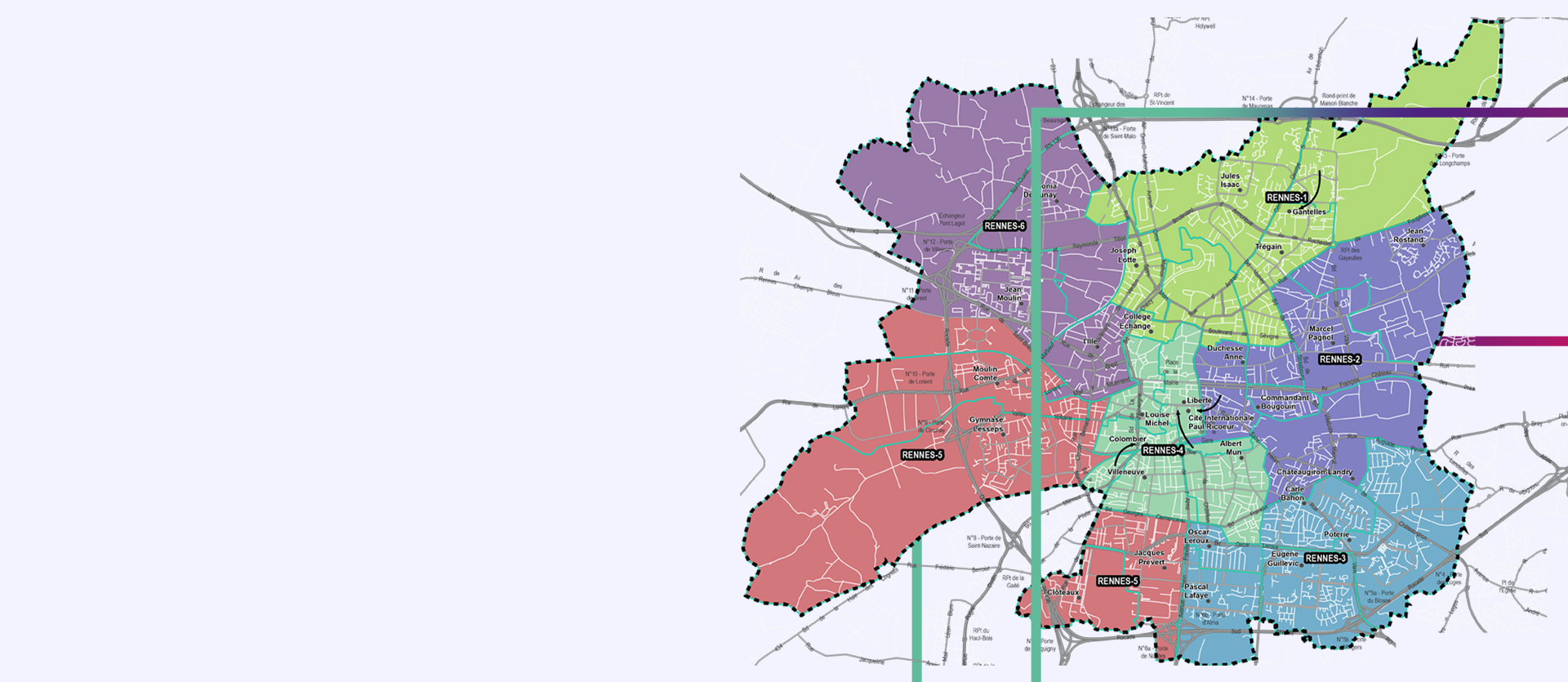Agenda 22 Mar 2022
Come and meet us at Laval Virtual 2022

The HealthKer collaborative project has rolled out a travel and transport simulation model used by the inhabitants of the Rennes metropolitan area.

The project context
With an overrepresentation of car use for daily travel in Brittany compared to the national average, the reduction of greenhouse gases (GHG) and fine particles is a particularly strong challenge in the region.
This project aims to develop a simulation and prediction platform for human mobility behaviour and its impact on air quality.
Understanding the link between behaviour and air quality is a means of envisaging new means of action (multimodality, intermodality, new transport routes, pedestrian zones, etc.) and anticipating their effects on a city scale.
In the long term, the tool could also be made available to the public at large (in the form of a mobile application, for example) to facilitate multimodality, inform people and encourage the creation of communities and citizen action.
Objectives of the project
The HealthKer project aims to achieve several objectives.
The societal objective
To better understand and anticipate human behaviour and to make the link with air quality, requires multiple expertises (human activities, physico-chemical processes, impact of regulations on individuals, etc.) which come from a wide range of fields from human and social sciences to the study of physical phenomena.
The application objective
Through the creation of a user interface allowing to:
The research and innovation objective
The objective is to develop agent-based spatial models and simulations of the daily mobility of populations.
Demonstrators of the different study areas (urban and peri-urban) will be produced. They will be used as artificial laboratories to explore research hypotheses and as work of general interest, through their use in a simulator that will exploit them jointly.
The work carried out
Scalian
Simulation of the dispersion of pollutants generated by car traffic in the city of Rennes. For this, 3 simulators are used:
1. Simulation of the movements of the entire population of Rennes
Preliminary work
Creation of a synthetic population: household/travel surveys give a very precise view of travel habits but on a subset of the population. The French National Institute for Statistics and Economic Studies (INSEE) censuses provide a statistical view, i.e. on the whole population, but with less precision. Preliminary work has made it possible to merge these data to recreate a simulated population representative of the entire population, i.e. more than 437,000 people, each with information on their living quarters, place of work, leisure activities, study, shopping, travel habits throughout the day, etc. This simulated population is exhaustive, in accordance with the household travel survey and in accordance with INSEE statistics.
Based on the synthetic population, Scalian has developed a tool to simulate the travel patterns of the entire population of Rennes during the day.
2. Simulation of pollutant emissions
Using the results of the travel simulation and a model of the pollution emitted by each type of vehicle, Scalian simulates the pollutant emissions emitted by car traffic in Rennes.
3. Simulation of the dispersion of pollutants
The simulated pollutant emissions are injected into a third tool allowing the simulation of the dispersion of these pollutants according to the weather and the profile of the buildings throughout the day.
EEGLE takes care of the visualisation of the results of the simulators developed by Scalian.
IRISA takes care of the validation by comparing the results obtained by the simulation with real measurements made by sensors.
Budget
Total budget: € 799,605
Scalian budget: € 479 455
Eligible budget: €474,115
Scalian grant: €172,234
Financial set up
Implementation date: from 01/11/2019 to 31/10/2021
Partners
Subcontractors
Pôle Images et Réseaux Label
Co-labelling: Pôle ID4Car
EUROPE
Project N° EU001001 – European aid from the European Regional Development Fund (ERDF) as part of the ERDF-SSE BRETAGE Operational Programme 2014-2020 “Investment for growth and employment”
SCALIAN grant: 71 117 €
REGION BRETAGNE
Project N° 0202/19006332/00151576 – Support within the framework of the call for collaborative innovation at the crossroads of sectors.
SCALIAN grant: 71 117 € of which:
To go further
Unleash your potential
with Scalian
Join passionate men and women.
Develop yourself in an organisation where professionalism and entrepreneurship go hand in hand with kindness and caring.

